“You’ll have to replace your battery every three years in an electric car,” screamed the naysayers. “The batteries will be thrown in a landfill,” they yelled, pretending to care about the environment in an attempt help their pro-coal, pro-oil arguments.
Fast forward a few years and we’re all laughing at how crazy those anti-electric car guys sounded, now that electric cars have won. But the thing is, we still don’t know how long electric car batteries should really last.
New electric cars like the Hyundai Ioniq have “Lifetime” guarantees on their battery packs (covering battery failure, not normal battery degradation) but my 2011 Peugeot Ion is quite a bit older, with an older battery chemistry.
When new, my electric car was given a 5 year/50 000 km battery warranty. Obviously that has expired now, which means if I have any battery problems, I’m on my own. This made me wonder: how much is a replacement battery pack for a Mitsubishi iMiEV / Peugeot iOn / Citreon C-Zero?
My 2011 car cost me €7000 back in the summer of 2015. For a modern, nimble electric car with all the options, that was a bargain price. Actually, it’s still a good price. But there’s always been the curious question in the back of my mind: how much does a replacement battery pack really cost?
To find out, I emailed my local Peugeot dealer. Now, keep in mind they quoted me €600 for a replacement carpet, so I was expecting the worst!
Naturally, when the email came back with the answer, I held my breath…
Crikey. That’s ridiculous. Peugeot say that a replacement battery pack for my electric car would cost me €18,510 ($19,577 US). A massive sum for a small car. Of course there are other options, such as trying other dealers or buying straight from Mitsubishi, or buying a used/wrecked car and taking out its battery, so I’m not too worried.
But this ordeal led me to my next question: what is the real condition of my electric car’s battery?
The best way to find this out is to download the mobile phone application EVBattMon and connect it to your car’s OBDII socket under the dashboard.
In the above picture there are two screenshots of the battery. The left picture is the condition of my battery in August 2016. On the right is now, February 2017. If you look at the Amp hours (Ah) rating of the pack (top left) of each screenshot, you can see the real condition of the battery.
When new, the battery pack would have shown somewhere around 46 Ah on the application. In those five and a half years, it’s therefore lost about a fifth of it’s capacity. In six months you can actually see the battery has reduced a tiny fraction, comparing the two charts.
Personally I haven’t noticed any loss of battery capacity because I received the car when it already four years old. Also, its range is still much more than what I need for my daily driving, so I have no range anxiety in my daily life, and thanks to the installation of a diesel heater, no “heat anxiety” either!
Despite its age, my electric car is doing just fine. It’s just a better form of transport in any city. It’s clean, cheap, and in our noisy world, wonderfully quiet. And this got me thinking of a cool new design for a rear window sticker, saying Electric vehicle – Enjoy the silence. 🙂
So I got busy creating it on my computer and sent it to my trusty screen-printer in the city to be made into a self-adhesive vinyl cut-out. Less than a day later, it was ready to pick up and chuck on the car!
I don’t like blowing my own trumpet, but that looks freaking awesome.
If you want to download the sticker design, you can do so by right-clicking this picture below, and selecting “Save as”. Save it to your computer and then email it to a local print shop.
The image is a .png file which has a transparent background, so your local print shop will have no problem reproducing it.
Mine cost €6 each and I had two made, just in case I screwed one up during the application. I recommend you make two for this reason. The size of mine is 50 cm wide x 30 cm high (20 x 12 inches).
So, armed with my new window sticker, and knowing all too well about my battery’s natural degradation, we did the illogical thing: we jumped in the car for winter road trip and headed to the mountains.
We loaded up the car with skis and hit the road early on a Saturday morning, departing at 5:30 AM. The reason we left so early is because we decided to play the day on “hard mode”. Getting to the ski field in the mid-morning, doing a day’s worth of skiing, then driving home in the evening.
This meant it was going to be a very long and tiring day, but we wanted to see if it was possible. With money as tight as ever, we also wanted to save money by not having to pay for accommodation!
Our first stop of many was in the city of Trnava, 69 kilometres (48 miles) away. Now, normally this stretch of highway leaves me with with a little bit of charge left in the battery, maybe 3 or 4 bars.
In winter however, we arrived to the charger with only 1 bar remaining. A troubling sign of things to come.
We recharged with coffee while the car recharged with electrons, all while the sun began to rise behind the grey clouds. Meanwhile, my little diesel heater was still running in the car, keeping it toasty for when we returned – all without making a dent in the car’s range.
The next stop in the journey was in the town of Piešťany. In summer we probably could have skipped this stop, but in winter I quickly learned that we had about 20% less range at our disposal.
After stopping at a quick-charger located in a truck stop, we made use of a charger in a town called Nová Dubnica. Now, technically we didn’t need to stop here, but because this was really uncharted territory and because the charger was listed as free to use (and because I was curious) we pulled off the highway and hunted for the charger.
From here on, things were pretty routine. We drove, we recharged, we drove, we recharged, and after many, many hours we made it to Žilina, 218 kilometres (135 miles) from home.
Unfortunately… from this point on, things didn’t go so well. In fact, our GPS caused us another hour of delays, our diesel heater ran out of fuel and we grew more grey hair. The video at the bottom of the page gives you a better sense of what happened more than I could ever describe with words.
But… after (too) many hours we eventually climbed up the mountain road to the skifield in Vrátna dolina, northern Slovakia, and we squeezed in some skiing.
In a long-range EV this particular journey would have taken a couple of hours, instead of the six it took us. But I knew it would be harder so I was prepared for more effort.
There’s also a pioneering enjoyment factor to such a journey, that many motorists may not be able to understand. I mean, it’s so much more satisfying to drive a city EV a long way than it is to drive a long-range EV or internal combustion car the same distance, in exactly the same way that it’s more fun to drive a slow car fast than it is to drive a fast car fast!
We only managed to squeeze in two hours of skiing because of our unplanned GPS problem and overly conservative charging schedule, but it was still a great adventure. We arrived home late at night, exhausted but happy.
Now, of course this car wasn’t suitable for this journey, but I already knew that before I left. Also, some may think that this journey paints a negative light on our lower-range electric cars, but it’s not true. I think it shows how much is actually possible in an older EV, even in the worst possible conditions.
We covered 564 kilometres (350 miles) of the harshest, heaviest, coldest driving we’ve ever put the poor car through and it came out shining. I’m immensely proud of my little city EV for allowing us another awesome journey.
Now, what I’m really looking forward to is that increased summer range because I have some (much more fun) trips planned. Most importantly, trips that don’t involve diesel heaters! 🙂
Watch this space.
Click the play button below to watch the entire saga on video!
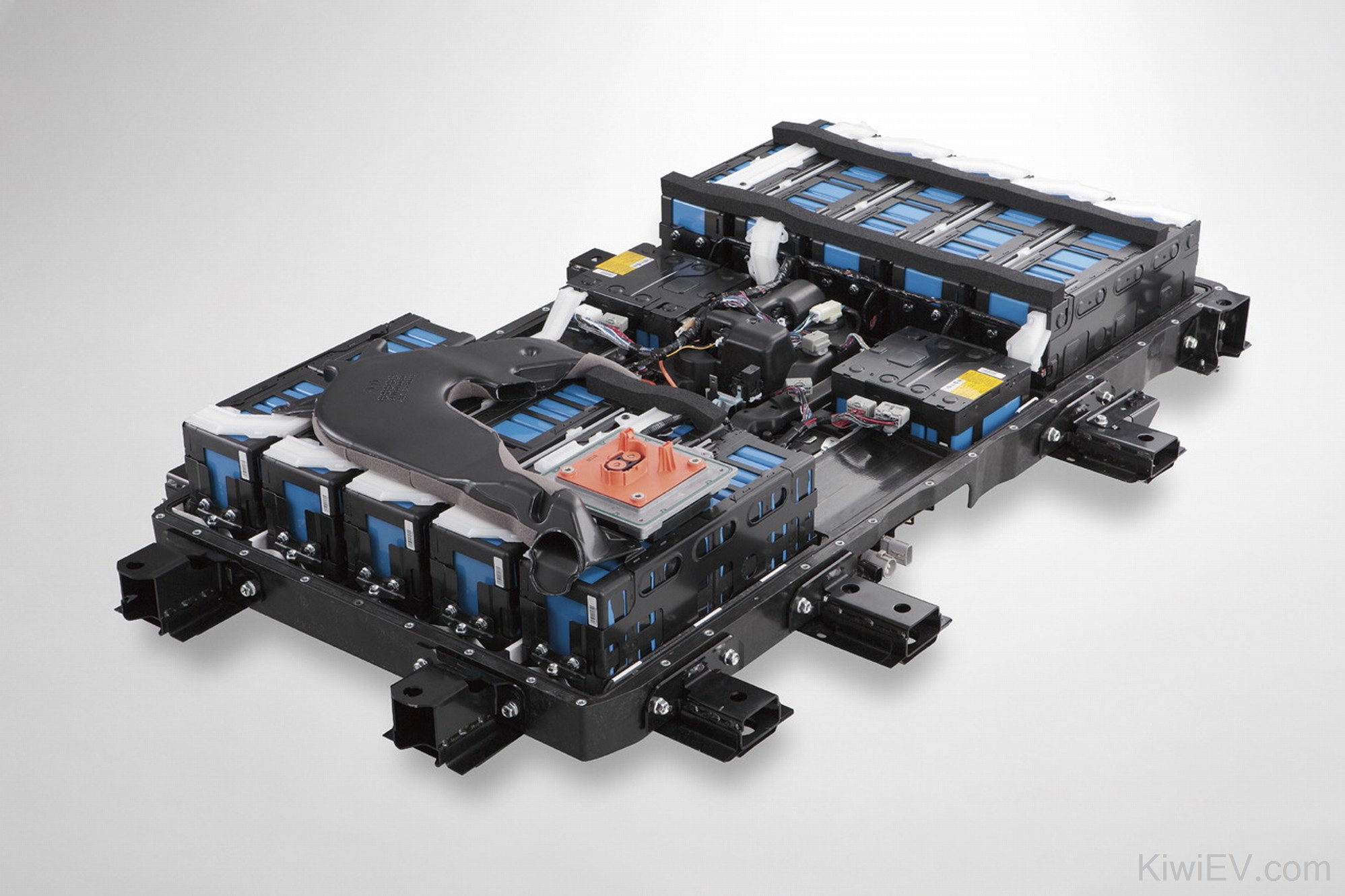
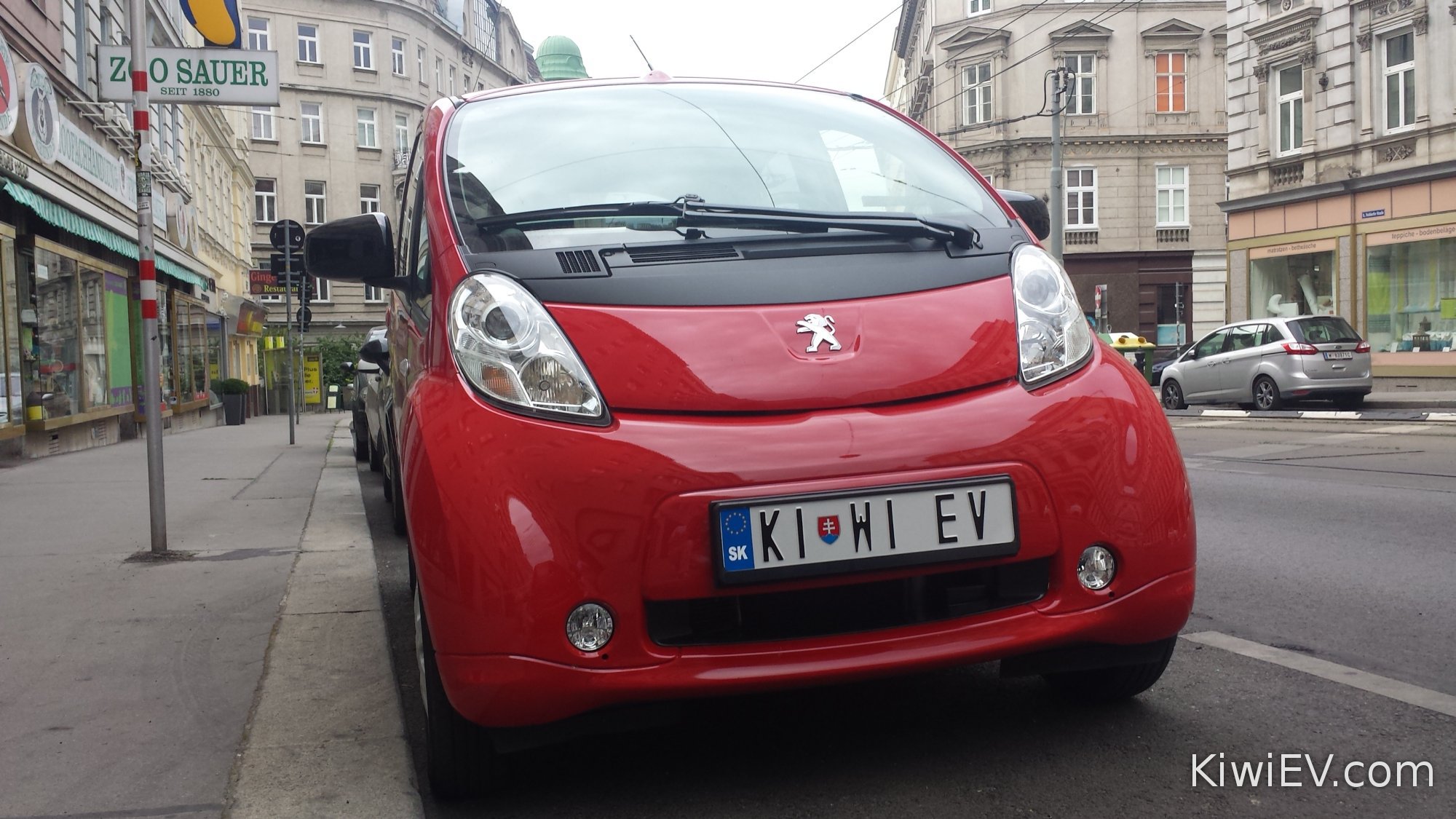
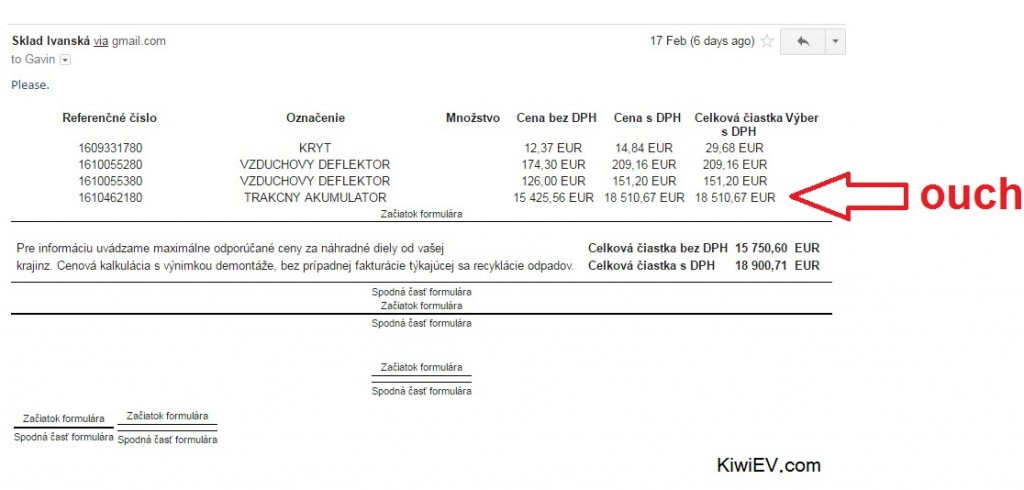
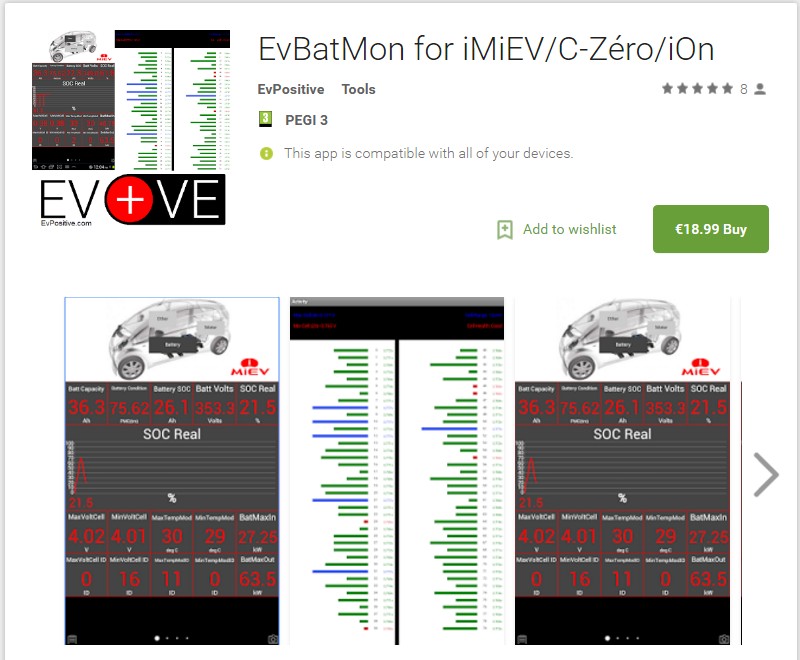
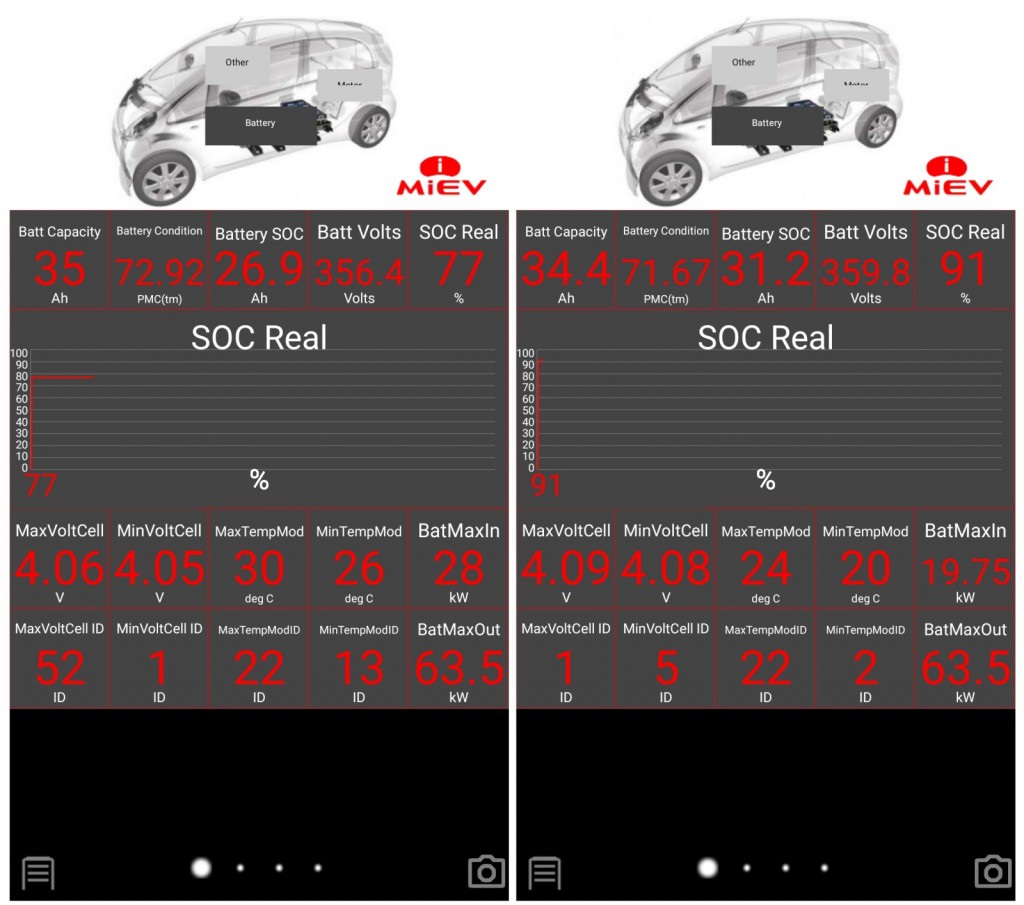
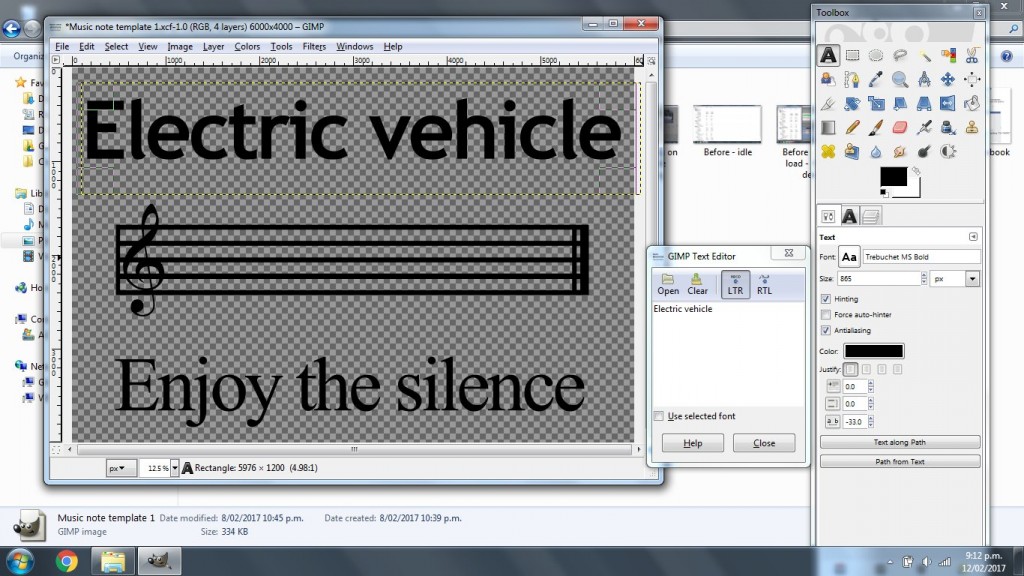


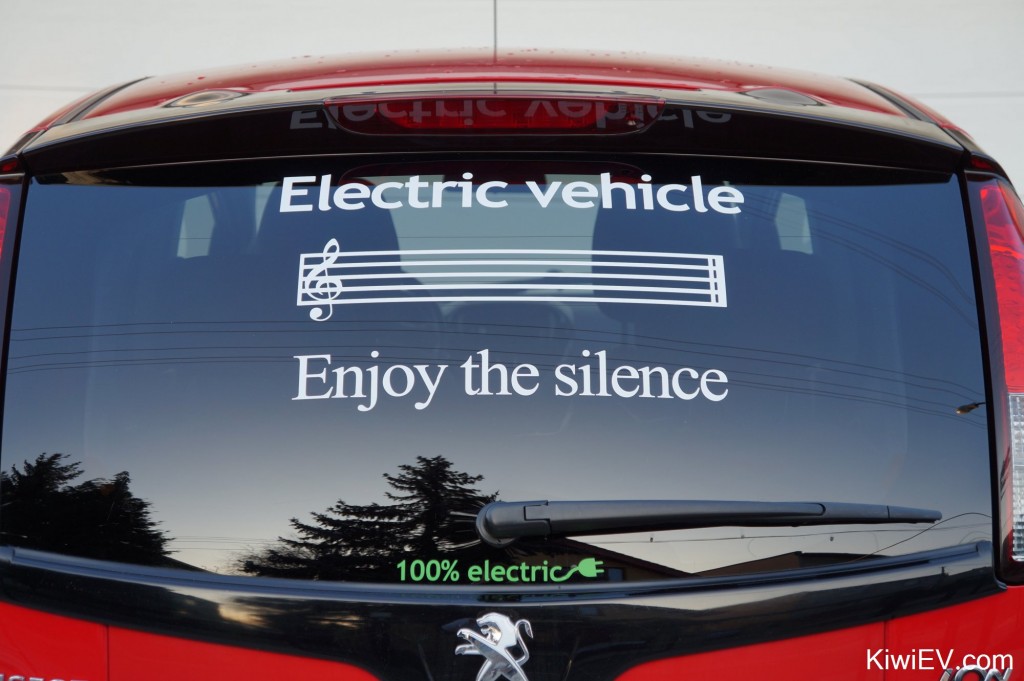
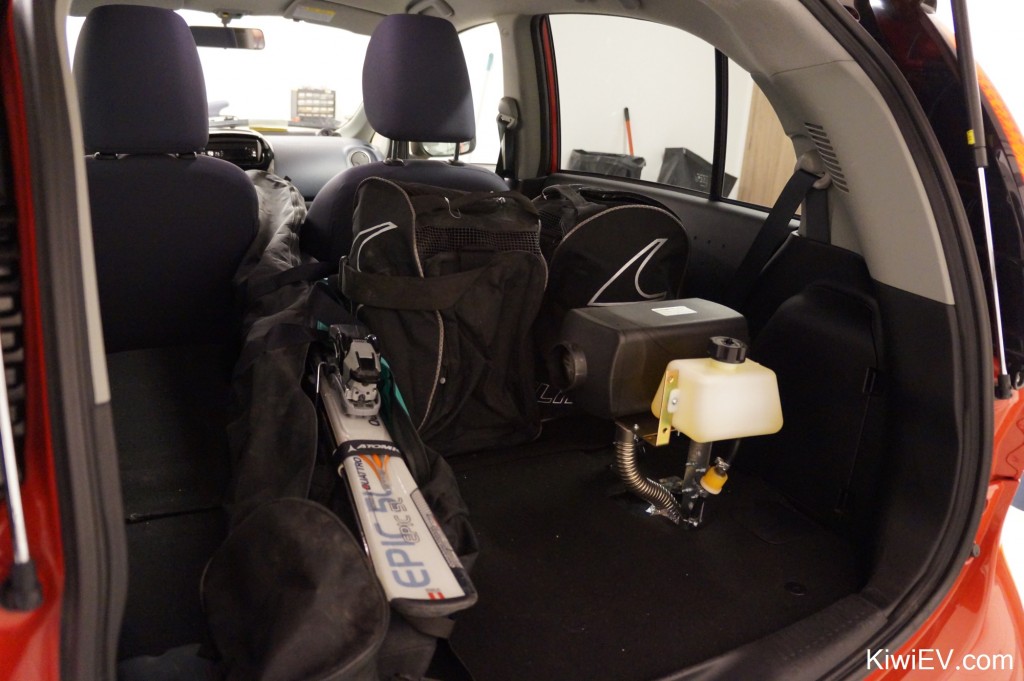

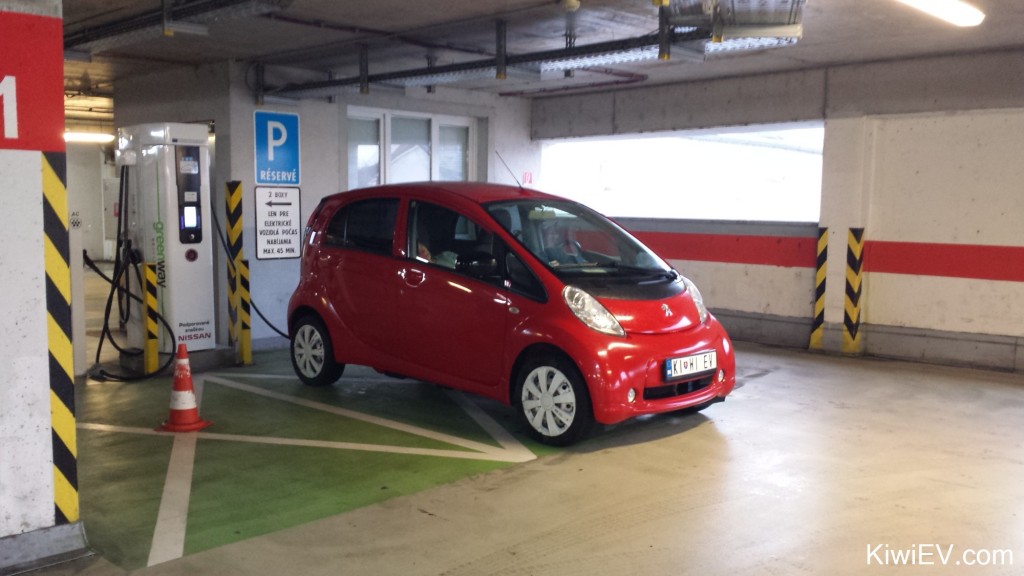

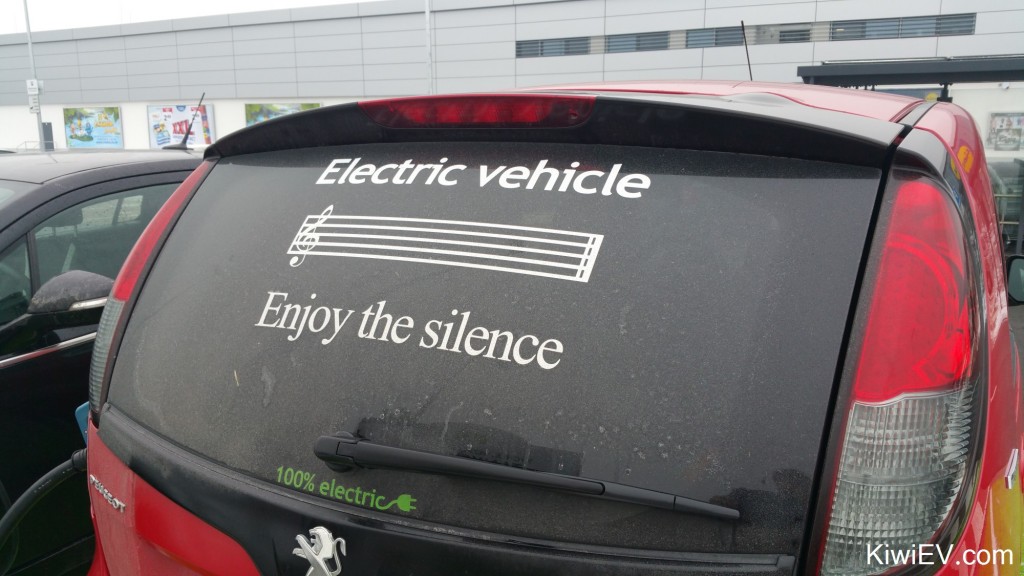
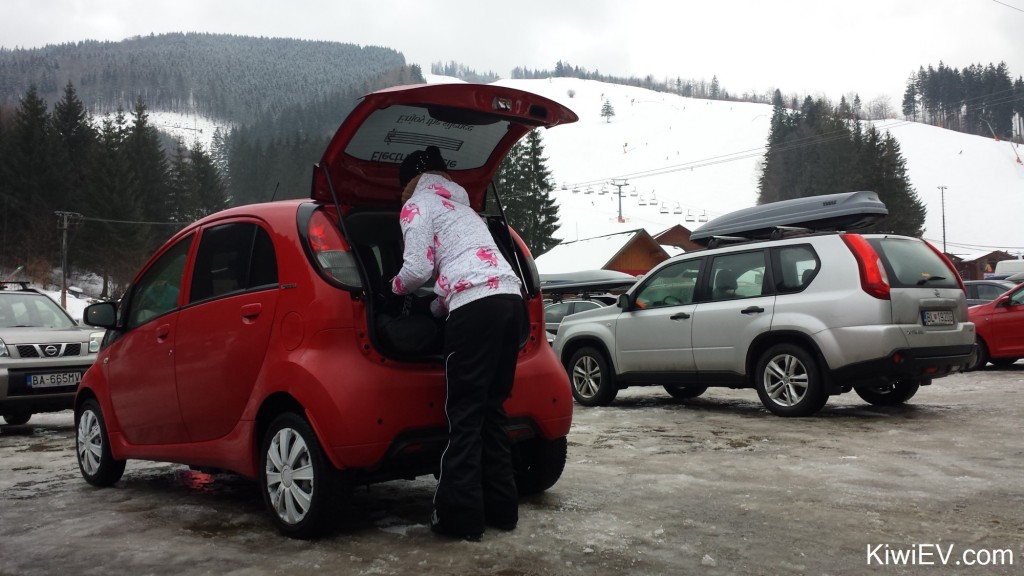

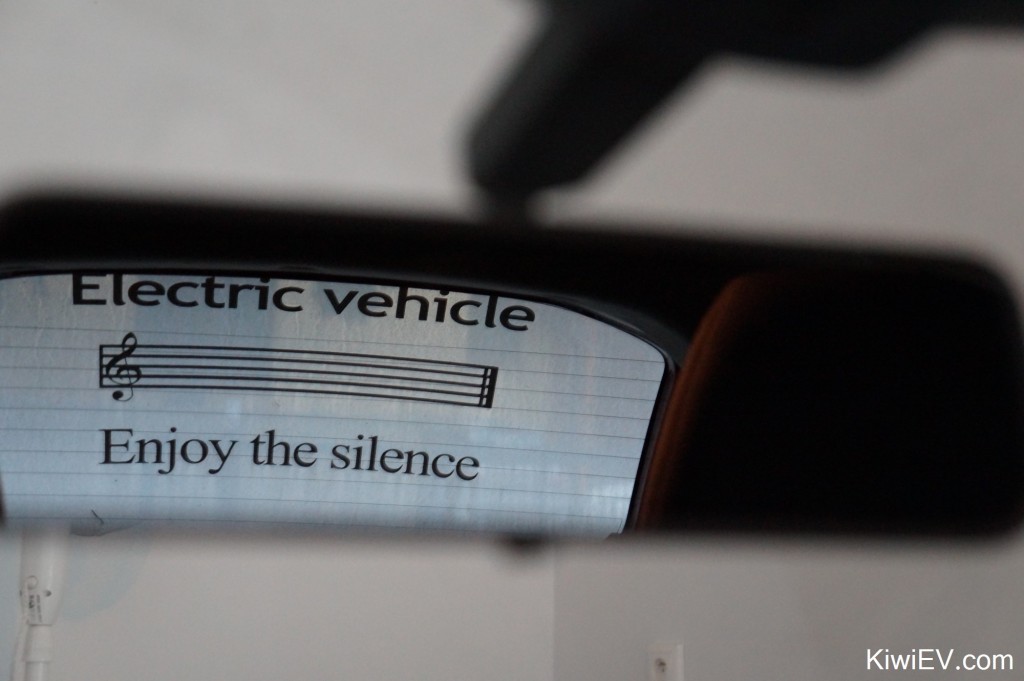
Great post.
The road trip would be too annoying for me, but your enthusiasm is great.
I have linked this post in a discussion we are having on battery ageing on the Kia Soul EV forum – http://www.mykiasoulev.com/forum/viewtopic.php?f=6&t=434&start=220#p6513
Hi Gav (?)
Like the video and really insightful. I bought an ex-council Pug Ion for £4200 two weeks ago here in Scotland. Have to admi I done it after watching your videos. I drive hybrids but always wanted an EV but the UK prices are crazy. Mine is 5.5 years old with under 23k miles on the clock. Runs well and only use it as an urban runabout. I was stunned you installed a diesel heater but fully appreciate Slovakia is a lot colder than Glasgow….but I get free charges everywhere at the moment using ChargeYourCar so the heater isn’t a problem.
Keep up the videos pal. All the best.
Hey Gav,
Really enjoy your videos and blog. You inspired this fellow EV owner to make his own adventure with a road trip. It was fun if a bit time consuming: https://youtu.be/AzBoYXl9Cz8
Hi Ben! That’s so cool! Your winter road trip was even colder than mine. I’m not in a hurry to do one again soon, but at least the weather’s warming up. Looking forward to that extra summer range.
Hey Gav,
This is all very inspiring, I also got EV fever from quite a long time 😉 and Now starting up to convert my Optra 1.6 petrol. Let see how it goes.
There are few things I thought of asking you.
I don’t have a big budget but good thing I also not looking for a long range, Somewhere around 80 to 100 km on a single charge.
I see you have used not lithium ion batteries which is also interests me as it won’t cost me much I guess.
So, will 500 Amps well enough for 80plus kilometers?
Thanks 🙂
Sumit
Very good job!! I have an ION and I am willing to buy an OBDlink like you said, but at http://www.scantool.net they say: “Please Note: Hybrid and Electric vehicles are low or zero emission vehicles, our scan tools may not work”. Could you please tell me if it will works?
Thanks!!
Hi Nikos, the OBD LX bluetooth connector will work fine but maybe their software won’t work. That’s ok, because you will use different software anyway. 🙂
Thanks for your quick responce!! Does it have an OBD II or EOBD? I am asking in order to buy a cheaper one from ebay. Thanks again!!
It’s an OBDII connector, but make sure you get a good one. I bought a cheap Chinese one from ebay and it wasn’t fast enough. If you get an “OBD LX” bluetooth connector you should be fine.
Thanks a lot!!
Dear Kiwiev.
Your vidoes are great. I am using also Peugeot iON 2011 in Hungary. But now one cell is died. Do you have an idea where can I buy new one or buy used one? I don’t want to change all cells, that is a horrible price.
Hi Albert, try contacting this guy: http://www.gk-anlagentechnik.de/
Another iMiEV owner had the same problem as you, and bought a battery from that link. Here is his full story: http://myimiev.com/forum/viewtopic.php?f=23&t=2720 and the link is full of video and pictures.
I thought he listed the price, but it is gone now. Maybe he removed it? Good luck!
Hi Gavin, First, I’d like to congratulate you on the well put together, interesting, and entertaining site. I did go over all the posts and comments, and found them quite exciting. I live in Toronto, Canada and purchased my 2016 i-Miev a year and a half ago. My office moved so close to home, that I would have destroyed my previous car’s engine, with the very short trips. So, I sold it and bought the i-Miev, which, with all the incentives, came to a very reasonable price, for our market. I am not so adventurous to install heaters or to modify shifters, and the only thing I installed, was a custom hitch for my bikes, which compliments very nicely the whole idea of being as “green” as possible. When I read about the EvBatMon App on your site, I immediately purchased the IOS version, and one of the recommended wireless adapters from the developer’s site, an ELM 327 wifi interface unit. I was never able to make it work. The adapter connects to the iPhone. However, only the demo data is displayed. Initially, I did get some support from the developer, but, after a while, they decided not to answer my questions anymore (great support). I could not find any blogs which were dealing with my problem , so I am asking you, or anyone reading this, if there is some advice I could get. Appreciate anything that could help me with finally being able to read my battery’s condition. Cheers, George